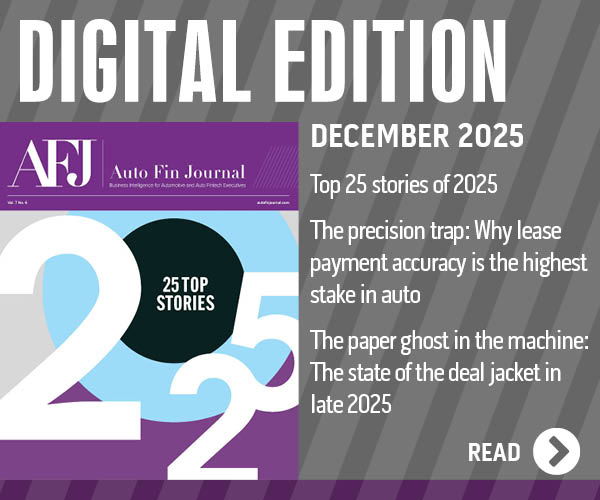Bain identifies four paths for dynamic digital transformation

By subscribing, you agree to receive communications from Auto Remarketing and our partners in accordance with our Privacy Policy. We may share your information with select partners and sponsors who may contact you about their products and services. You may unsubscribe at any time.
LONDON –
Bain & Co. pointed out that companies have typically prioritized the speed at which they implement digital transformations across their organizations to combat digital disruption.
However, Bain experts said these promising digital transformation initiatives often lose momentum and fail to produce the broad impact needed to compete in today’s world.
Through Bain’s annual survey of 1,200 international business leaders, the firm found a growing realization among leadership teams that speed alone is not enough to capture the full value of digital transformation for an organization.
Rather, Bain discovered that companies are now learning to prioritize scaling their best digital services to create lasting impact across their operations. Experts noted that this typically requires retooling an organization’s technological architecture and integrating digital fluency into its business functions.
“Despite launching promising digital transformation initiatives, incumbent companies continue to face old problems such as a cultural divide between IT and business operations,” said James Anderson, a partner at Bain & Co. and leader of its digital delivery practice.
“Companies must start analyzing the needs of their business and begin creatively executing on solutions that promote digital transformation across their entire operating model,” Anderson continued in a news release.
Subscribe to Auto Remarketing to stay informed and stay ahead.
By subscribing, you agree to receive communications from Auto Remarketing and our partners in accordance with our Privacy Policy. We may share your information with select partners and sponsors who may contact you about their products and services. You may unsubscribe at any time.
By analyzing companies’ most effective efforts, Bain identifies four key patterns of digital transformation that allow companies to both compete and rebuild in the digital landscape. They include:
1. Laying down the digital foundations
Bain said this component often involves companies that are under pressure to develop new digital capabilities and are essentially starting from scratch.
“The threat is clear and evolving steadily but has yet to produce a burning platform for change. Many industrial companies find themselves in this situation,” Bain said.
2. Integrating a fragmented digital landscape
Bain explained companies that fall into this next pattern suffer from digital fragmentation.
“They have no shortage of digital projects bubbling up across the company, but they lack the ability to prioritize the most promising initiatives and scale them across the organization,” experts said.
3. Digital transformation front to back.
Bain indicated the third pattern also confronts the legacy conundrum in the core business, but the problem, in this case, is different. Rather than a fragmented IT architecture, Bain noted that these companies have years of accumulated systems that were built on top of each other as the business evolved.
“The resulting tangle of tech infrastructure ends up being inefficient and inflexible, slowing down the company’s reaction time,” experts said.
4. Launching a new digital attacker.
Sometimes the magnitude and pace of disruption in an industry require more change than an incumbent company can support, according to Bain. Experts said a company’s size, complexity or resistance to change might prevent it from moving fast enough to remain competitive.
“Increasingly, the answer is to launch an entirely new business to attack opportunities that the core business cannot,” experts said. “A digital attacker is both an offensive and a defensive bet. On offense, it allows companies to enter a new market with a tailored, lightweight solution that is free of legacy baggage.
“On defense, it gives the company a fresh value proposition to attract new customers within its existing market — for instance, aiming at millennials, students and young professionals to build the customer base of the future,” they went on to say.
Laura Polasek, a director within Bain’s digital delivery practice, added these observations.
“There is a tendency for organizations to launch small digital initiatives that ultimately fail to move the needle,” Polasek said in the news release. “Successful digital transformation depends on a balancing act — namely, the ability to scale meaningful change without disrupting the core.”
More details about Bain’s findings can be found via this website.


